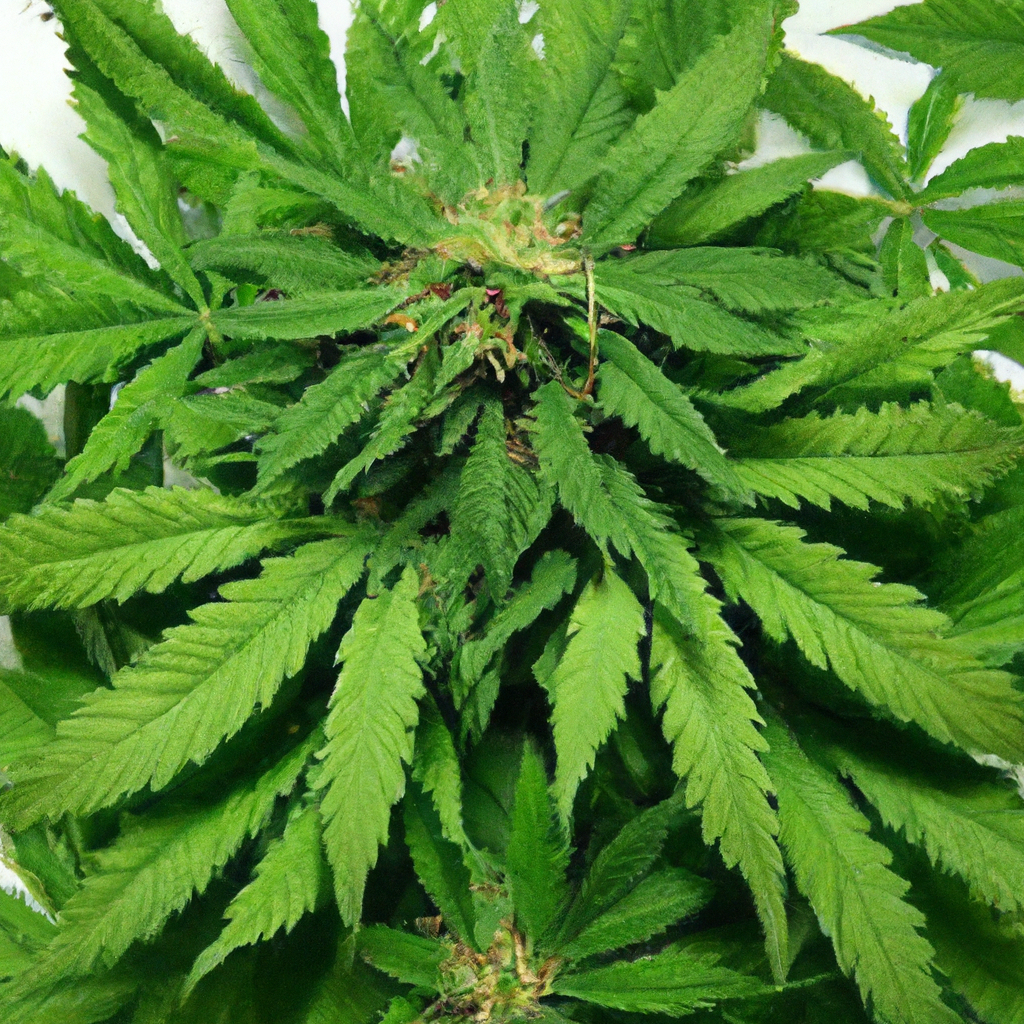Welcome, fellow cultivators and curious minds, to an insightful journey into the art and science of cannabis cloning. As we traverse this dynamic field, we’ll illuminate the value of cloning in cannabis culture and cultivation. Get ready to sharpen your green thumb with tips from a seasoned expert, John “Magic” Greenleaf, someone who’s spent decades perfecting the balance of growth and sustainability.
Why Clone Cannabis?
Cloning cannabis offers many advantages for growers at all levels. By preserving the genetic material of your prized plants, you can ensure consistency in growth, flavor, and potency across generations. This method excels in settings where uniformity and reliability are crucial, from home grows to large commercial operations.
How to Clone Cannabis: A Step-by-Step Guide
- Select Your Mother Plant: Choose a healthy, robust plant that exhibits the traits you wish to replicate. John advises picking mothers with proven high yields and desirable terpene profiles.
- Gather Your Tools: Equip yourself with a sharp scalpel or scissors, cloning gel, and clean pots filled with a suitable growing medium.
- Take Cuttings: Cut a section of the plant’s branch just above a node, ideally around 4-6 inches in length, and remove the lower leaves to reduce stress and encourage root development.
- Dip and Plant: Submerge the cut end of your clone into cloning gel, then plant it in your prepared pot. Maintain high humidity and indirect light for optimal rooting.
- Monitor and Maintain: Keep the clones warm with humidity domes or mist regularly. Begin by reducing humidity gradually as roots develop over 10-14 days.
Overcoming Cloning Challenges
Cloning may sound straightforward, but it comes with its own set of challenges. Issues such as mold, pests, and unsuccessful rooting can crop up. Here, John’s wisdom comes into play—he recommends maintaining clean tools and environments, which limits contamination risks.
He also focuses on environmental control, such as keeping temperatures steady around 70-75°F and humidity at 70-80% RH. Such practices align with high-altitude adaptations that John has mastered throughout his years cultivating in Colorado’s unique climate.
The Future of Cloning in Cannabis Cultivation
As cannabis legalization expands, the demand for quality strains increases. Cloning will continue to play a crucial role in meeting this demand by safeguarding plant genetics and enhancing crop predictability and consistency. For John and many cultivators alike, cloning embodies the perfect blend of art and science—a testament to the endless possibilities of cannabis cultivation.
Tags: Advanced Genetics, Cannabis Culture, Educational Insights


Leave a Reply